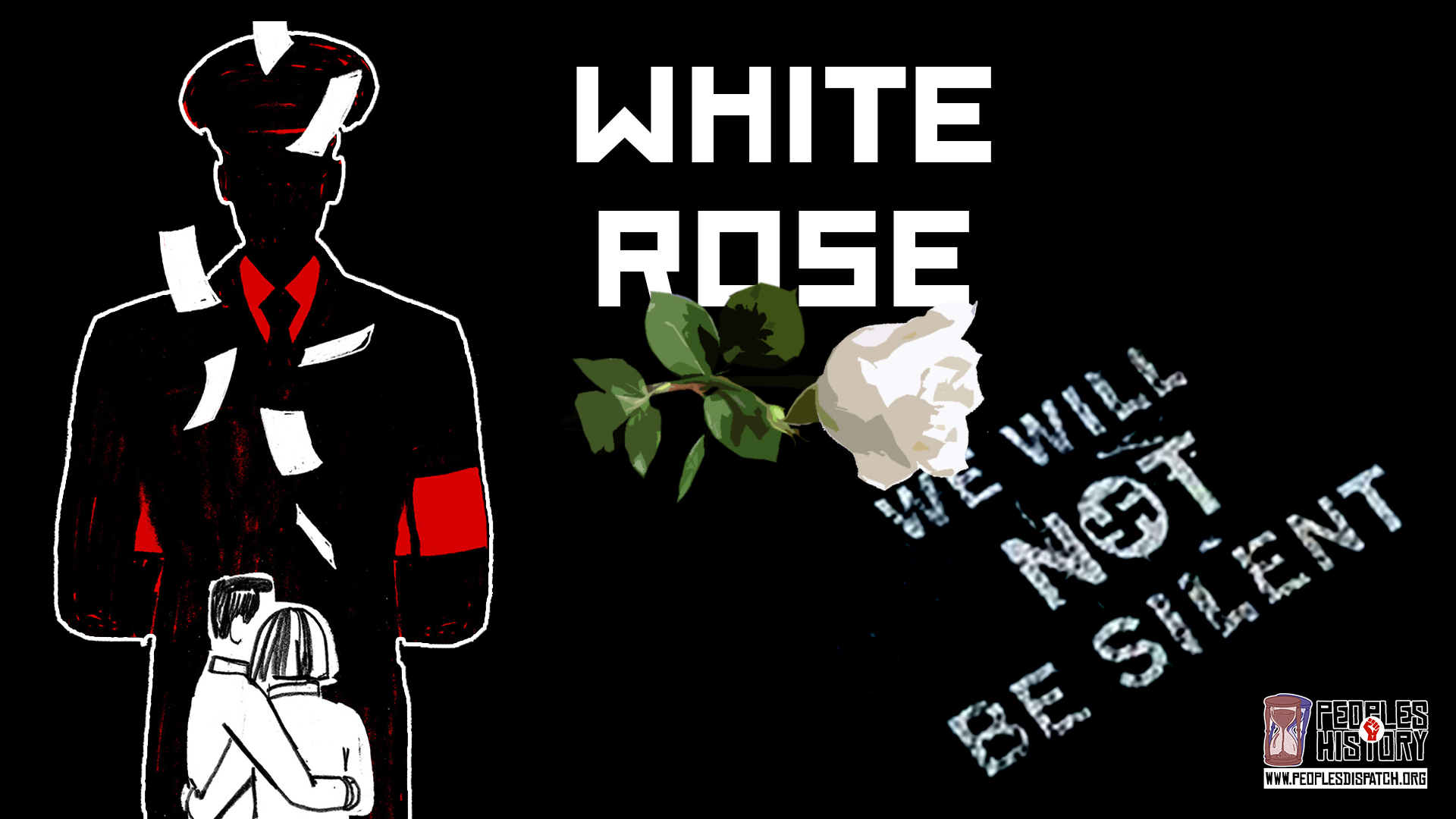 20 million Afghans experiencing acute food shortage: IPC
20 million Afghans experiencing acute food shortage: IPC
“With 38% of the population targeted for humanitarian food assistance, nearly 20 million people – representing half the country’s population – is still experiencing high and critical levels of acute food insecurity,” IPC’s findings note
 ‘Famines are not caused by shortages, they are caused by lack of democracy’
‘Famines are not caused by shortages, they are caused by lack of democracy’
This crisis is being called the worst since the country’s independence in 1948. It has led to severe shortages of food, fuel, medicines and even water. What has led to this crisis?
 How can Sri Lanka’s economy be turned around?
How can Sri Lanka’s economy be turned around?
In the second part of this interview, Ahilan Kadirgamar, senior lecturer at the University of Jaffna, explains how strengthening the public distribution system, a wealth tax, and focusing on agriculture, the rural economy and the food system are vital.
 Sri Lanka’s economic crisis is decades in the making
Sri Lanka’s economic crisis is decades in the making
Ahilan Kadirgamar, senior lecturer at the University of Jaffna, explains the roots of Sri Lanka’s economic crisis.
 Sri Lanka’s Cabinet resigns amid crisis, 2-month ceasefire in Yemen, and other stories
Sri Lanka’s Cabinet resigns amid crisis, 2-month ceasefire in Yemen, and other stories
Today we look at ongoing protests in Sri Lanka as the economic crisis grows, the 2-month mutual ceasefire declared in Yemen, and more
 Protests intensify in Sri Lanka as economy goes off the rails
Protests intensify in Sri Lanka as economy goes off the rails
Protests continued in Sri Lanka on Monday, including in front of the residence of the prime minister. The entire cabinet quit on Sunday amid the agitations and a massive economic crisis
 Hunger stalks Central Asia as the Ukraine War unfolds
Hunger stalks Central Asia as the Ukraine War unfolds
Faced with an increase in food prices, Central Asian republics are exploring new options to combat hunger and decrease reliance on imports
 Sri Lanka nears complete economic meltdown as food shortage worsens
Sri Lanka nears complete economic meltdown as food shortage worsens
After its foreign currency reserves dropped to USD 1.6 billion in November last year, Sri Lanka’s economic crisis has snowballed at an alarming rate with acute shortage of essential commodities, food and fuel


















